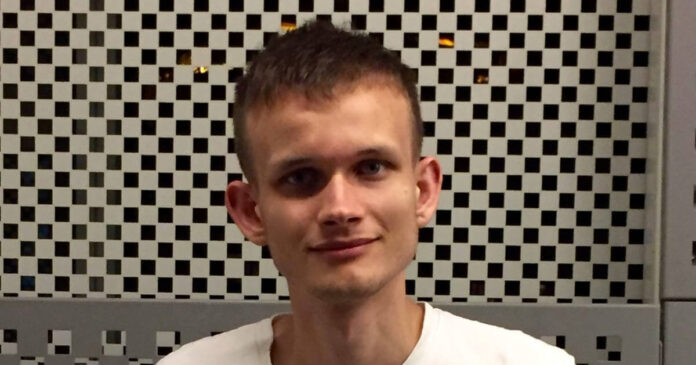Vitalik Buterin proposes a hard fork strategy for Ethereum to protect funds against quantum computer attacks, sparking a community-wide discussion on quantum security.
Ethereum co-founder Vitalik Buterin has proposed a hard fork strategy. This preemptive measure is designed to protect user funds in the event that quantum computers become capable of breaking current cryptographic defenses.
The proposal, outlined in a discussion on the Ethereum Research forum, highlights the urgency of preparing for quantum computers’ ability to solve problems like the discrete logarithm, which underpins the security of many current cryptographic algorithms including those used by Ethereum.
The proposed hard fork would entail the following steps:
- Reversion of all blocks following the detection of large-scale quantum attacks.
- Disabling traditional externally owned account (EOA) transactions to prevent further vulnerability.
- Introduction of a new transaction type for smart contract wallets, in line with the anticipated RIP-7560 standard.
- Implementation of a new transaction type or opcode allowing users to submit STARK proofs, demonstrating the knowledge of a private preimage and a public address derived through approved hash functions. The user’s account code would then be replaced with a new, quantum-resistant validation code.
The conversation in the Ethereum community is informed by a range of expert inputs. One participant shared a visual aid to help understand the proof statement, while others discussed existing quantum-secure fallbacks for wallets and the integration of preimages into ECDSA signature nonces to create fail-stop signature schemes.
Some community members have cautioned that if quantum computers capable of cracking Ethereum wallets are already in malicious hands, it might be too late to differentiate between legitimate owners and attackers. They suggest that instead of relying on stateful post-quantum algorithms, Ethereum should use NIST standardized ones in hybrid mode with a classical algorithm, like combining Dilithium with ed25519. This would, however, increase block sizes due to the large signature and public key sizes of current post-quantum schemes.
Others have proposed the development of machine learning systems to monitor and detect abnormal transactions as an early warning system to trigger a fail-safe fork.
The community’s response underlines the importance of staying ahead in the security arms race against quantum computing. Innovations such as Lamport signatures and ERC 4337-based quantum-resistant smart contract wallets are already in development, as is the integration of quantum-safe cryptographic measures in other digital signature applications.
This initiative by the Ethereum community reflects the broader blockchain ecosystem’s commitment to resilience and adaptability in the face of emerging technological threats. As quantum computing advances, the blockchain sector’s proactive stance on security promises to be a critical factor in its long-term viability and trustworthiness.
The Ethereum team and community’s proactive approach to quantum security demonstrates a clear recognition of the challenges ahead and a willingness to address them head-on. This ongoing conversation will likely shape the future of Ethereum’s infrastructure and set a precedent for other blockchain platforms.
Credit: Source link






















 Bitcoin
Bitcoin  Ethereum
Ethereum  Tether
Tether  Solana
Solana  XRP
XRP  Dogecoin
Dogecoin  USDC
USDC  Lido Staked Ether
Lido Staked Ether  Cardano
Cardano  TRON
TRON  Shiba Inu
Shiba Inu  Avalanche
Avalanche  Toncoin
Toncoin  Wrapped Bitcoin
Wrapped Bitcoin  Wrapped stETH
Wrapped stETH  Sui
Sui  Chainlink
Chainlink  WETH
WETH  Bitcoin Cash
Bitcoin Cash  Pepe
Pepe  Polkadot
Polkadot  LEO Token
LEO Token  Stellar
Stellar  NEAR Protocol
NEAR Protocol  Litecoin
Litecoin  Aptos
Aptos  Uniswap
Uniswap  Wrapped eETH
Wrapped eETH  USDS
USDS  Hedera
Hedera  Cronos
Cronos  Internet Computer
Internet Computer  Bonk
Bonk  Render
Render  Ethereum Classic
Ethereum Classic  MANTRA
MANTRA  Bittensor
Bittensor  POL (ex-MATIC)
POL (ex-MATIC)  dogwifhat
dogwifhat  Ethena USDe
Ethena USDe  Artificial Superintelligence Alliance
Artificial Superintelligence Alliance  Dai
Dai  WhiteBIT Coin
WhiteBIT Coin  Monero
Monero  Stacks
Stacks  Arbitrum
Arbitrum  Filecoin
Filecoin 
